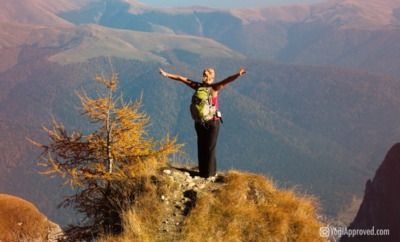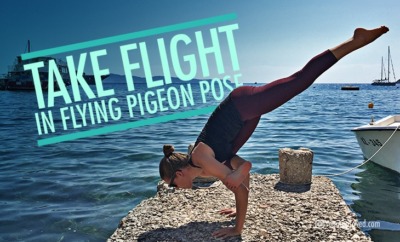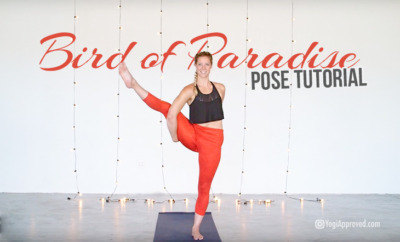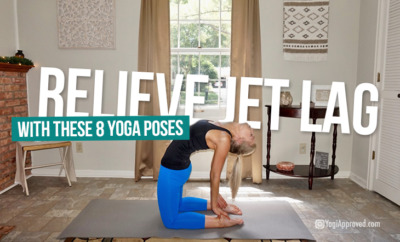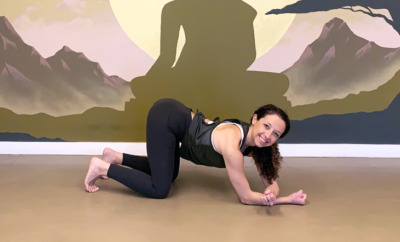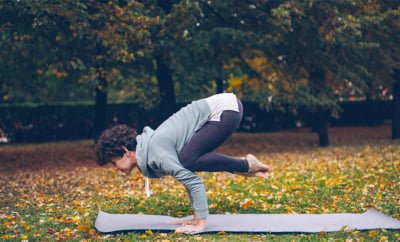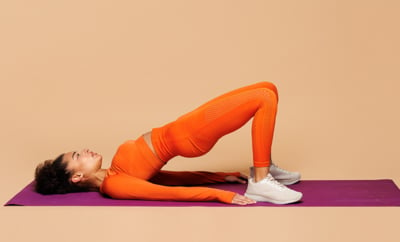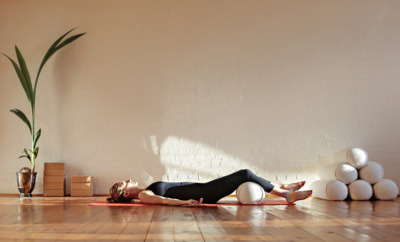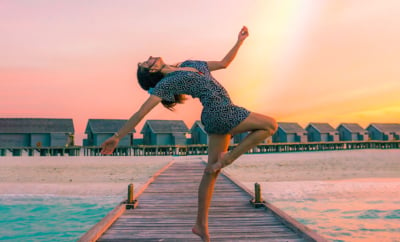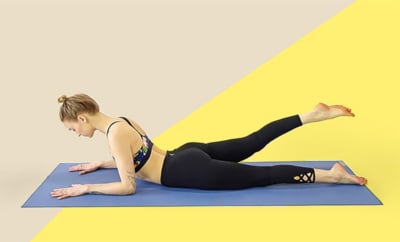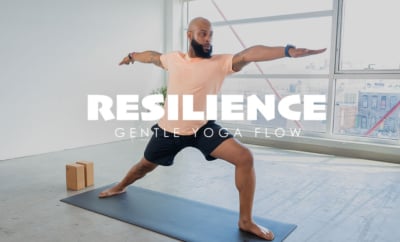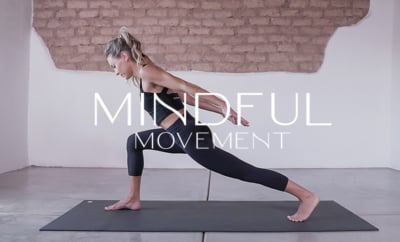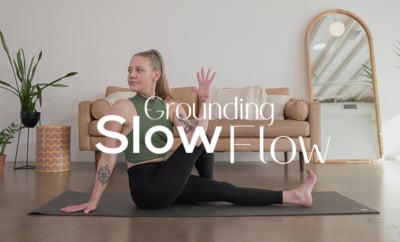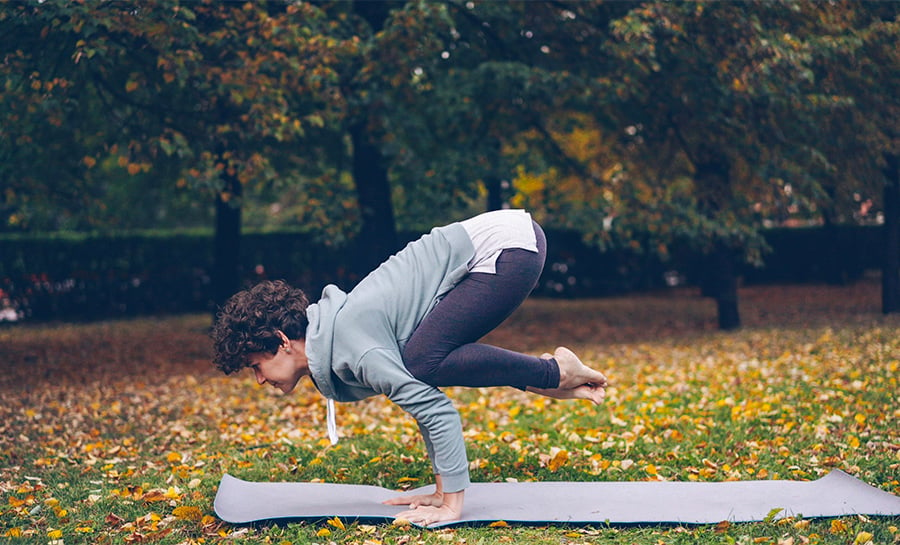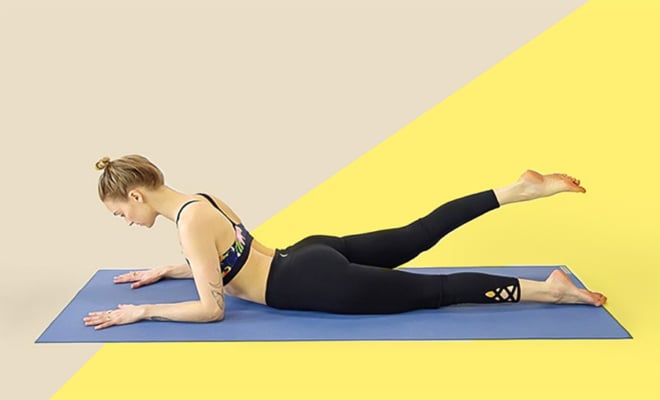How to Actually Practice Mountain Pose – There’s More Technique Than You Think
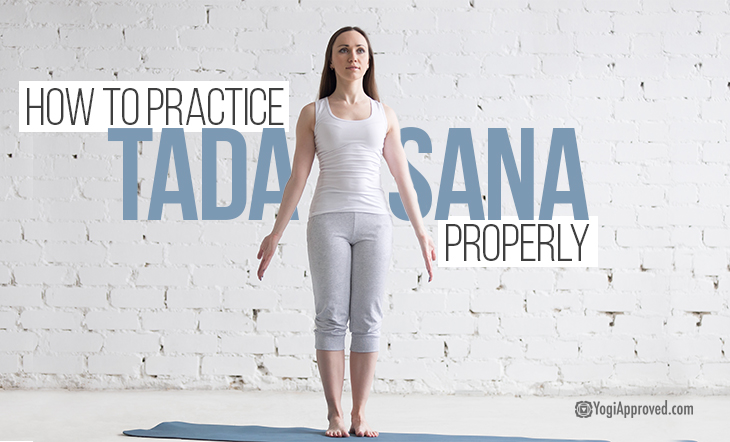
tadasana mountain pose featured
Tadasana, or Mountain Pose, can seem like you’re just standing on your mat. But there’s so much more technique to this pose than meets the eye. Let’s break down this asana in a practical and easy-to-understand way that will elevate your knowledge to the next level and unlock the potential of your practice.
Tadasana is known as Mountain Pose because it is said to embody the stability, strength, poise, and stillness of a mountain. The feet are earthed like the base of a mountain, while the body lengthens upward as it rises to greet the sky. In Ashtanga it is called Samasthiti, or Equal Standing Pose.
Read on for a breakdown of this foundational yoga posture, including the elements of activation, how to modify, and the benefits.
Looking for a Video Tutorial? The Learning Yoga Program Includes Mountain Pose and Many Key Yoga Poses
Explore Mountain Pose and 30+ other foundational yoga poses in the Learning Yoga program from YA Classes. Learning Yoga is your one-stop-shop to learn or refresh yourself on the key aspects of each pose. Each video explores a yoga pose in-depth; Mountain Pose is the second video in this comprehensive program. Not yet a YA Classes member? Try it out for free for 14 days.
Breaking Down Tadasana, Mountain Pose
Pronunciation: t-a-dd-as-aana
This posture is often the one we begin in, and return to, during our standing sequence. It provides space in our practice to reconnect with our breath, earth our feet and invite calm and clarity onto our mat and into our mind. We can choose to either activate or relax in this posture.
Although a seemingly basic pose, Tadasana is the foundation for all others. So perhaps it’s not as straightforward as we think.
It is crucial that we consider grounding: weight distribution between the feet, the position of the hips and pelvis, the alignment of the spine and how we are directing the breath.
Alignment and attitude are important because they both inform and influence much of the rest of our practice.
How to Master Mountain Pose:
Let’s describe the active variation first.
- Think feet first. Begin by stepping the feet hips-width distance apart (many teachers will cue to bring your feet together, find the variation that works best for you)
- Ensure the weight is distributed evenly between inner and outer edges of both feet, as well as the front and the back
- Spread the toes and pay particular interest in pressing the big toe base into the floor. Notice how this action activates the inner thighs
- Ensure the ankles aren’t rolling inward or outward – try to keep them neutral
- Activate the legs, but keep the knees soft to ensure they’re not locking out to protect against hyperextension
- Tuck the tailbone under and neutralize the pelvis
- Make sure the buttocks are soft – no squeezing!
- Lengthen the spine and draw the shoulder blades down the back, as you open and lift the chest
- Gently tuck the lower ribs in to lengthen the spine. It shouldn’t feel like a backbend or over-presenting the chest
- Call upon the support of the abdomen by activating Uddiyana Bandha and Mula Bandha together
- Draw the arms down and alongside the body gently. Activate the fingers all the way to the top and the palms so they feel dynamic
- Aim to bring the pelvis, rib cage, and shoulders in line with one another
- Tilt the chin in to lengthen the back of the neck and relax the jaw
- Draw energy up from the floor, from the earth and channel it through the body towards the crown
- Breathe deeply into the full capacity of the rib cage – front body, side body, back body
- Remain here for 5-8 breaths
Now, here’s how to modify Tadasana:
- Pick up all ten toes, stretching them to create space from the big toe to the little toe as much as possible. Bring them down again and lift up onto tiptoes as you inhale. Continue to press the balls of the feet into the floor as you return the heels to the earth
- Press the big toe base into the floor and broaden the feet from the big toe base to the little toe base
- Shift the weight gently from the front to the back of the feet and side-to-side to establish a sense of grounding. Seek to occupy the space where you feel most stable
Looking for more yoga tutorials and yoga tips? Check out our full library of Yoga articles here
How to Prep For Mountain Pose
If Tadasana is challenging, work on your balance and focus. Here are some helpful tips:
- Take Savasana to clear the mind and expand the breath
- Do Nadi Shodana Pranayama to balance the energies in the body and calm the mind
- Work on activation through the feet and legs in a supine position. Lay down and press into the heels as you inhale – relax as you exhale. Repeat between 3-5 times. Inhale and flex the ankles, stretching the toes away. Relax the feet as you exhale. Repeat between 3-5 times. Remember to do both sides
Benefits
Now that you’ve mastered Tadasana, here’s the benefits of this posture:
- Tadasana cultivates clarity and calm
- It develops strength, balance and endurance
- It will induce a sense of presence and peace
- It brings increased strength and flexibility of the feet
- It will improve your overall posture
Key anatomical insights:
The Psoas in the front of the pelvis and the glutei muscles in the buttocks activate gently together, having a balancing effect on keeping the pelvis upright and aligned.
Engage the quadricep muscles to lift and strengthen the front of the thighs.
Internally rotate the thighs, hugging them together to keep the energy strong through the midline of the body.
The deep back muscles or erector spinae extend from the skull to the base of the spine.
The abdominal muscles work together with the back muscles to support the torso to keep you upright.
The lower part of the trapezius muscle draws the shoulders down, away from the ears and helps lift the chest.
Energetics and Emotions:
Tadasana can refresh the whole system. It provides a space for you to feel energized and alert, rooted and light.
A Final Word of Wisdom:
Tadasana is a learning tool. If done correctly, it will reveal the wisdom and integrity of your body by introducing the principles of Sthira Sukham, (Comfort and stability) to you as discussed in Pantajali’s Yoga Sutras.
B.K.S. Iyengar said, “You want to stand on your head and you don’t even know how to stand on your feet.”
Learn to stand on your feet first.
For the more visual learner, here is a video to show you how to do a proper Mountain Pose.


This Month's Letter
From the Editor
Monthly motivation and food for
thought from our founder.

